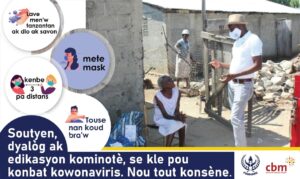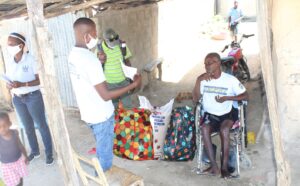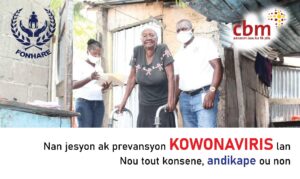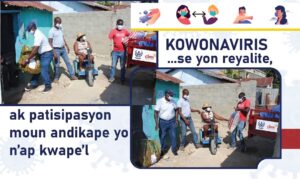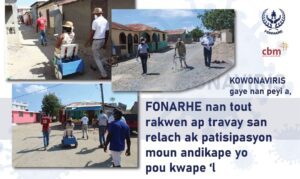Inclusive Humanitarian Response
More than 130 million people around the world are currently in need of humanitarian assistance.
At least 15 percent of them are people with disabilities. In 2017, conflicts and natural disasters led to the forced displacement of more than 30 million people, a third of whom were people with disabilities, according to the United Nations report. The big challenge is to ensure that humanitarian action meets everyone’s needs and priorities. In general, people with disabilities are left behind in humanitarian interventions because approaches are not inclusive.
Disability figures in the world
Do you hardly come across people with disabilities? And yet, the WHO has identified more than 1 billion, this represents a 6th continent… and 20% of them live with great functional difficulties on a daily basis.
The scope of disability on a global scale in a few figures (according to the WHO*):
- 253 million people are affected by some form of visual impairment, or 3.2% of the world population, including 36 million who are blind. That’s twice the population of Mexico**!
- 466 million people have a disabling hearing loss, or 6% of the world population. That’s the population of the entire European Union!
- Around 200 million people have an intellectual disability (IQ below 75), or 2.6% of the world population. This is the number of the population of Brazil!
- 75 million people need a wheelchair every day, or 1% of the world population. That’s twice the population of Canada!
More and more people are affected by disability every year. It is often the most vulnerable populations who are most at risk. Also the WHO states that “the number of people with disabilities is increasing due to the aging of the population and the increase in chronic diseases”.
A point about the facts:
- 80% of types of disability occur between the ages of 18 and 64, which is the period when we are actively employed (according to the Disability Living Foundation)
- In 2017, the world population numbered 962 million seniors, twice as many as in 1980;
- 1 in 2 disabled people cannot afford healthcare;
- People with disabilities have poorer general health;
- Disability creates increased dependence and restricted participation in life in society;
- The poverty rate is higher among people with disabilities.
These gaps can be explained in particular by the obstacles encountered in accessing services related to health, education, transport, information and the labor market that many take for granted.
According to UNICEF
If we focus more specifically on access to education for children with disabilities, the observation is distressing: according to UNICEF, around 240 million children in the world are disabled or 1 child in 10. They are 49% more likely to have never attended school compared to children without disabilities.
Taking an interest in Inclusive Humanitarian Responses means taking an interest in more than 1 billion citizens of the world who are waiting for only one thing: a more accessible, just and equitable world!
The objective of FONHARE’s
The objective of FONHARE’s inclusive humanitarian response is to leave no one behind. Our approach emphasizes that people with disabilities and their organizations must be included in the planning and implementation of responses to humanitarian crises. This way they will have a voice, they can help identify their needs, express their own priorities, evaluate services and advocate for change.
Implemented Projects and Their Impacts
PROJECT: DEALING with Cholera Project: Promoting Inclusion, Health and Resilience of Families and Communities Most Exposed to the Impact of Cholera in the 14 Communes of Northeastern Haiti. Year 2023. Funded by: Humanity & Inclusion (HI) with funds from UNICEF & BHA.
• The major achievements of FONHARE as part of the Face Cholera Project in the North-East from January 2023 to December 2023.
– 14 municipalities in the North-East benefit from FONHARE’s various activities against cholera.
– 107,660 people are therefore made aware, among them there are 5,027 disabled people.
– 484 cases of cholera are responded to.
– 2475 people received prophylaxis.
– 56 hand washing points are installed.
– 6 chlorination points are installed.
• During this period FONHARE distributed:
– 385616 aquatable
– 5351 soaps
– 3391 Oral rehydration salt (ORS)
– 27 complete hygiene kits
– 32 vases without taps
– 38 jerry cans
– 4467 flyers
• Food Assistance/Food security
– 200 very vulnerable households who are food insecure received financial assistance to meet their family’s food needs for a period of two months.
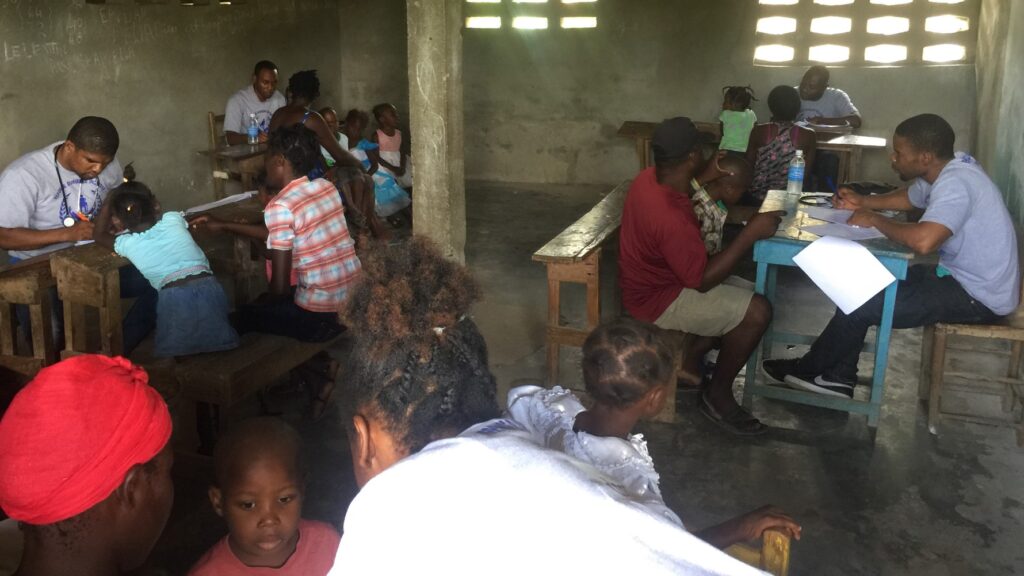
HURRICANE IRMA 2017
Project: Inclusive Humanitarian Responses for the recovery of the most vulnerable people affected by HURRICANE IRMA 2017 in the communes of Ouanaminthe, Fort-Liberté and Terrier-Rouge (North-East), Haiti. Funded by: Christian Blind Mission (CBM).
Total direct beneficiaries 6200, Women 1609, Children 1609, Disable people 705.
Through mobile clinics, repair of damaged houses, food security and economic reintegration.
COVID-19 in Northeastern Haiti
Project: Inclusive humanitarian response to COVID-19 in northeastern Haiti. Year 2020. Funded by: Christian Blind Mission (CBM).
300 Households affected by confinement benefited from HYGIENE KITS and FOOD RATIONS to ensure their survival for two months and 112 disabled people identified within households.
3120 People without disabilities + 348 people with disabilities are direct beneficiaries of training on barrier limits and good hygiene practices to stop the corona virus.
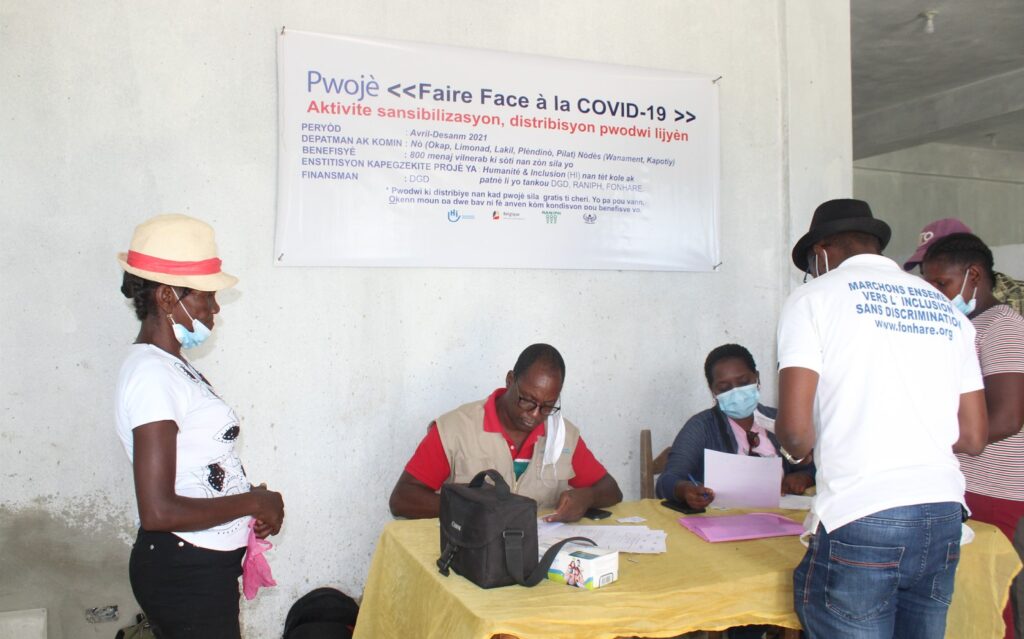
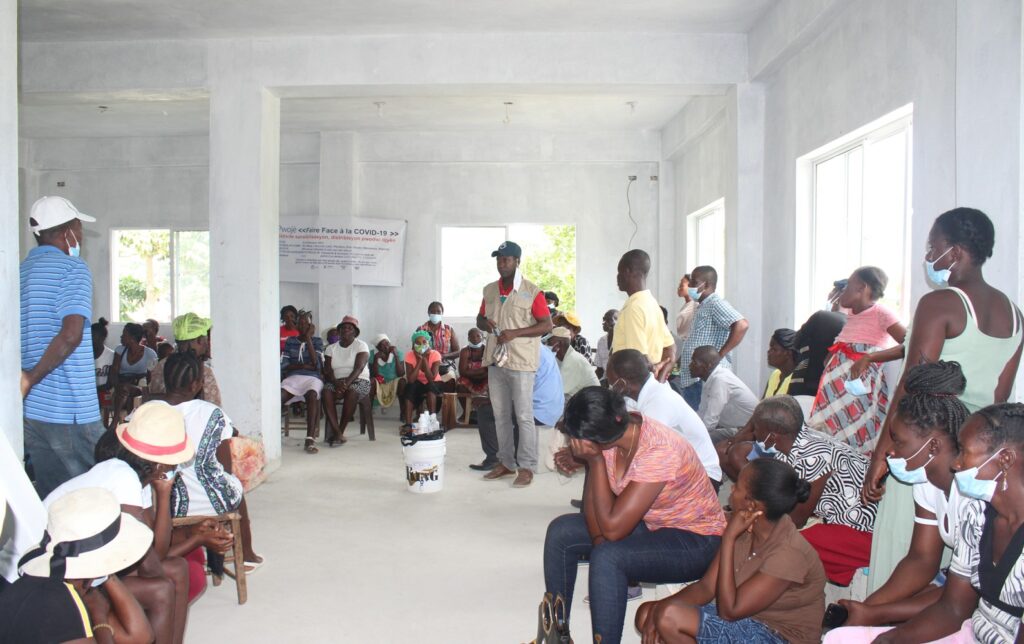
Most Exposed to the Impact of COVID-19
Project: DEALING with COVID-19: Promoting Inclusion and Resilience of Families and Communities Most Exposed to the Impact of COVID-19 in the North and North East (Haiti). Year 2020. Funded by: Humanity & Inclusion (HI) through the Belgian development funds (DGD).
480 The most vulnerable households received social support that could meet their health needs. Are trained on barrier measures, good hygiene practices, water and sanitation and have benefited from HYGIENE KITS to protect themselves from COVID-19. And they benefited from CASH transfer which gave them access to quality food in sufficient quantity and were able to cover their basic needs.
More than 300,000 people are being made aware of barrier measures and good hygiene practices against COVID-19 through our awareness campaign via Podcast, Sound Truck and the media.

